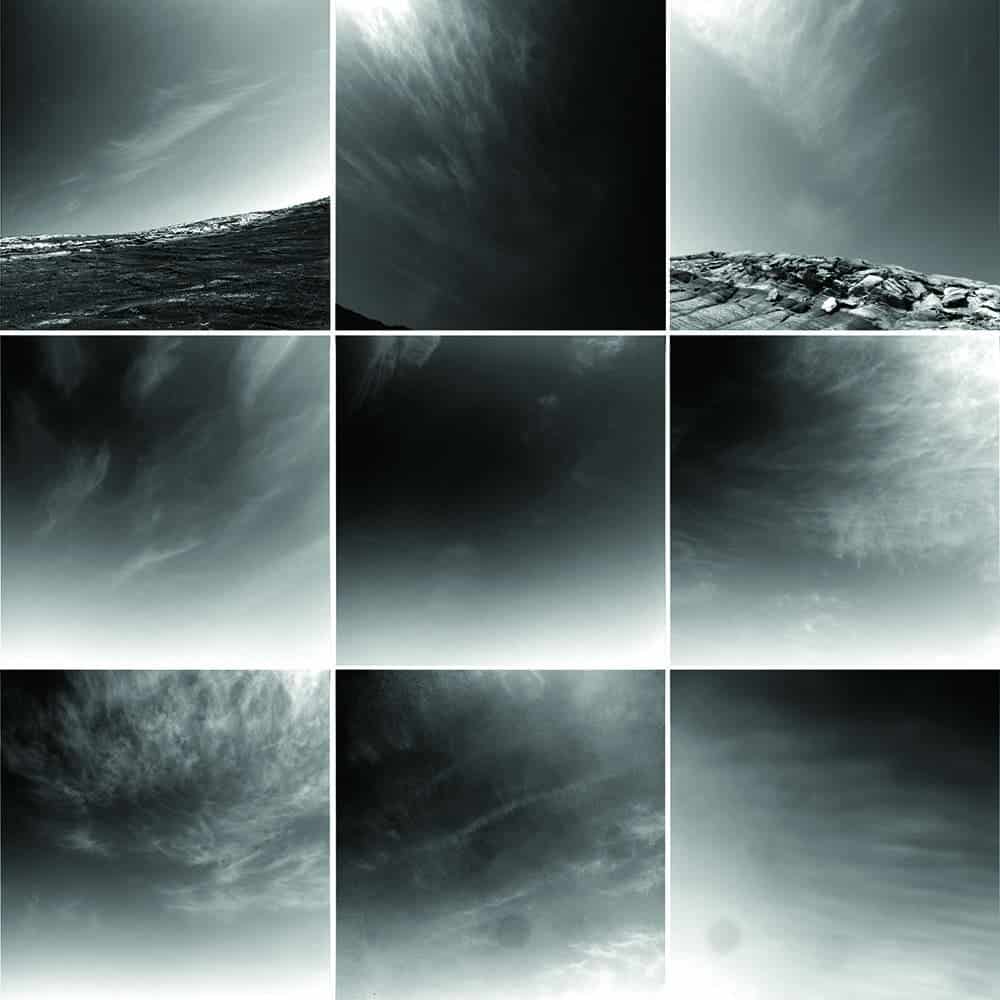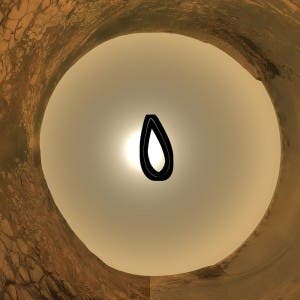Mark Lemmon is an associate professor of atmospheric sciences at Texas A&M University and a camera operator for numerous Mars missions, especially those involving the Mars rovers Spirit and Opportunity. These two rovers are considered nothing short of heroes by the men and women at mission control who were part of the projects. Spirit, for instance, was launched 2004 and was expected to last only about 90 “sols,” which is a day on Mars but slightly longer than an Earth day at 24 hours and 39 minutes long. It continued to roam Mars and transmit valuable images and data until 2010. Opportunity is still alive to this day.
As one of key imaging crew members for Spirit and Opportunity, Lemmon had direct contact with some of the mission’s greatest findings and challenges as well. Their biggest enemy? Dust!
An extreme and inhospitable planet

Mars is a barren wasteland, but while it may not seem like much is happening from up afar, make no mistake – things are pretty extreme on the Martian surface. Lemmon says that Martian weather, even at the planet’s “tropical” sites visited by the rovers, is dominated by dusty skies, intense storm seasons when Mars is close to the sun and harsh temperatures during the time of the Martian year when it is the farthest from the sun. Nighttime temperatures can frequently reach minus 90 degrees Celsius (-130 Fahrenheit) and reduced solar power in winter restricted the operation of the twin rovers.
Unlike the husky Curiosity rover which is powered by a radioisotope thermoelectric generator (nuclear power), Opportunity and Spirit only had solar panels and batteries to power them. As dust gathered on the solar panels during storms, this caused the rovers to enter standby over whole seasons at a time.

Dust levels on the panels are checked every sol at 11 a.m., and “when we do, we can see the seasonal pattern of the sun’s motion, which is called an analemma. An analemma on Earth shows the Earth’s axial tilt, which gives us our four seasons. On Earth, an analemma looks like a figure 8, but on Mars, it looks like a teardrop,” says Lemmon.
An interesting fact about Martin weather you might not know is the influence on the appearance of sunset. On Mars, during sunset the sun often appears blue.
“We have known since the 1970s that Martian sunsets tend to be blue, but recent images vividly show Martian sunsets,” Lemmon adds.
“The combination of dust particles and atmospheric conditions on Mars makes for some unusual sunset colors, but do not yield the spectacular sunsets we sometimes see on Earth.”
Lemmon described his 9 years of dusty weather and duty on Martian rover missions in the current issue of Icarus, a planetary science journal.






